Neutron stars
What is a star?
A star is a aster like the sun shining through nuclear reactions that occur in the middle.
With the exception of the Sun, the stars appear to the naked eye as a bright, shimmering due to atmospheric turbulence, with no immediate apparent motion relative to other fixed objects in the sky. All the stars are considerably farther from Earth than the Sun. The nearest star, Proxima Centauri, is located about 4 light years of the solar system, nearly 250 000 times further away than the Sun.
The mass of a star is of the order of 1030 kg and its radius of the order of several million kilometers.
The power radiated by a star like the Sun is about 1026 watts. The stars are formed following the contraction of a nebula of gas and dust under the influence of gravity.
If the heating of the material is sufficient, this triggers the cycle of nuclear reactions in the heart of the nebula to form a star. The energy from these reactions is then sufficient to stop the contraction due to the radiation pressure generated.
The number of stars in the universe is estimated between 1022 and 1023. Apart from the Sun, the stars are too faint to be observed in daylight.
Image: Birth of a star, image made from data of X-ray telescope Chandra (blue) and data from the Spitzer Infrared Telescope (red and orange).
At about 4 000 light years from Earth lies RCW 108, a region of the Milky Way where star formation is active where the presence of clusters of young blue stars in the image.
The one we saw the birth, in yellow at the center of the image is deeply embedded in a cloud of molecular hydrogen.
According to data from different telescopes, astronomers determined that star birth in this region is triggered by the proximity effect of massive young stars.
NB: The astronomers classify stars in dwarf or giant. 
Neutron stars
Neutron stars are very small but very dense (1 billion tons per cubic centimeter). They concentrate the mass of a star like the Sun in a radius of about 10 km, corresponding to what is called the Chandrasekhar mass. These are the remnants of very massive stars with more than ten solar masses.
When a massive star reaches the end of existence, it collapses on itself, producing an impressive explosion called a supernova. The explosion dispersed large amounts of matter in space savings, but the heart of the star. The heart contracts and becomes largely a neutron star. These objects, called magnetars, have very strong magnetic fields. Along the magnetic axis spreads charged particles, eg electrons that produce synchrotron radiation.
If it turns quickly on its own when it projects along its magnetic axis a thin brush of radiation, it is then called "pulsar".
Image: IC 443 follows a stellar explosion, the ultimate fate of massive stars. In this false color composite image, we see the remains of the supernova still vibrating across the radio spectrum (blue), optical (red) and x-rays (green).
IC 443 is also known as the Jellyfish nebula, the image covers about 65 light years. IC443 is located at the estimated distance of 5000 light years. Credit image: Chandra xray
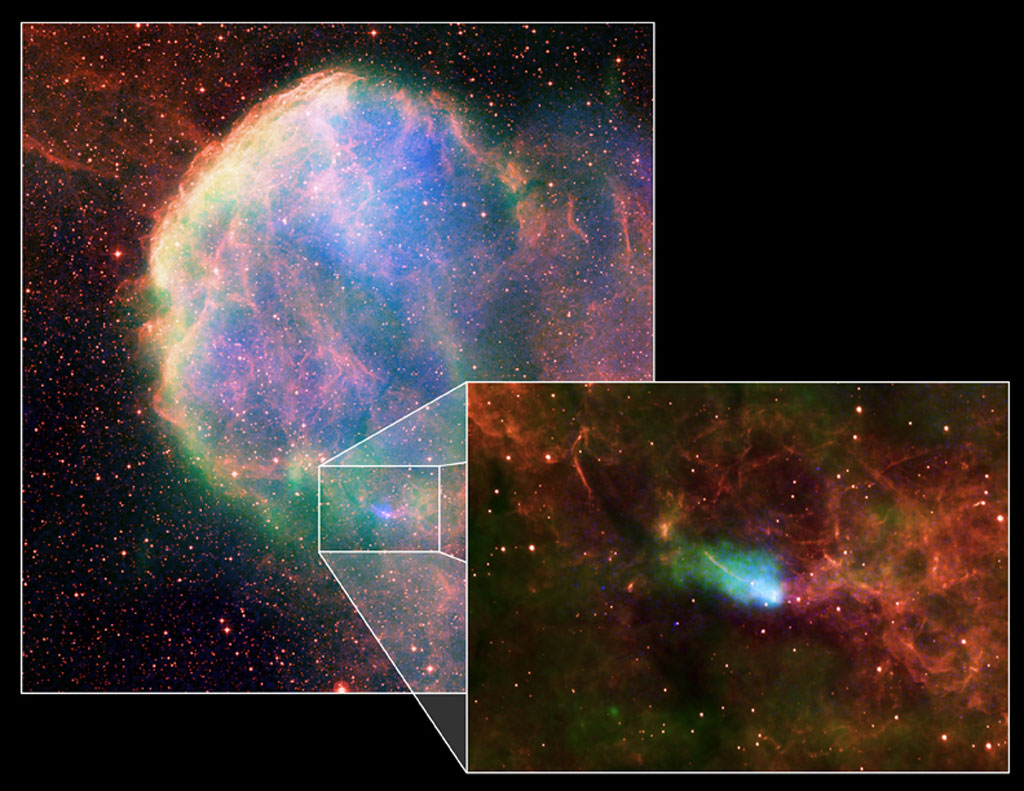
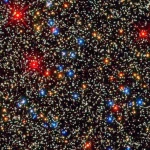 Stars: Cosmic Forges of Chemical Elements
Stars: Cosmic Forges of Chemical Elements 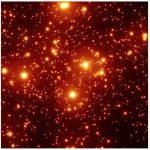 Adaptive Optics and Laser Guide Stars
Adaptive Optics and Laser Guide Stars 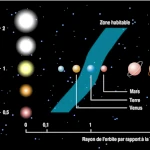 Habitable Zones: The Sweet Spot for Living Near Stars
Habitable Zones: The Sweet Spot for Living Near Stars 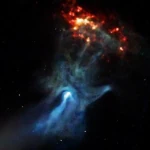 Pulsar: A Beating Stellar Heart
Pulsar: A Beating Stellar Heart 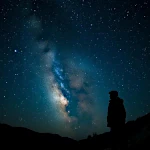 Giants of the Milky Way: Top of the Most Massive, Largest, and Brightest Stars
Giants of the Milky Way: Top of the Most Massive, Largest, and Brightest Stars 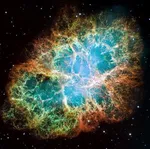 The First Minerals of Stellar Systems
The First Minerals of Stellar Systems 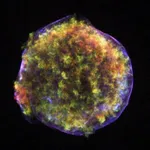 What is a Collapsar?
What is a Collapsar? 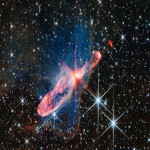 The life of the stars: From the collapse of the nebula to the cataclysmic explosion
The life of the stars: From the collapse of the nebula to the cataclysmic explosion 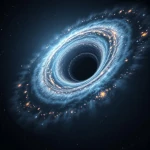 When a Star Dies: Birth of a Black Hole
When a Star Dies: Birth of a Black Hole 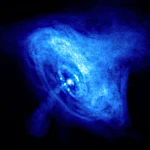 Neutron Stars: When Atoms No Longer Exist
Neutron Stars: When Atoms No Longer Exist  Blue Giant Stars and Red Supergiants: The Fate of Massive Stars
Blue Giant Stars and Red Supergiants: The Fate of Massive Stars 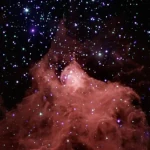 Gravitational Collapse: Formation and Birth of Stars
Gravitational Collapse: Formation and Birth of Stars 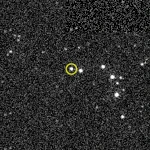 The mystery of gamma-ray bursts
The mystery of gamma-ray bursts 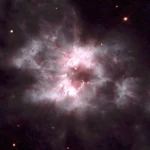 White Dwarfs: Stars at the End of Their Life
White Dwarfs: Stars at the End of Their Life 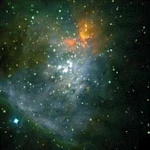 Brown Dwarfs: Between Stars and Giant Planets
Brown Dwarfs: Between Stars and Giant Planets 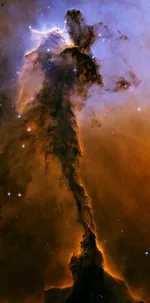 The Wind of Stars: Interaction between Light and Cosmic Dust
The Wind of Stars: Interaction between Light and Cosmic Dust 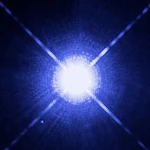 The Brightest Stars in the Sky: Top 50
The Brightest Stars in the Sky: Top 50 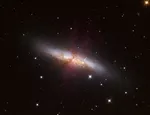 The Cigar Explosion
The Cigar Explosion 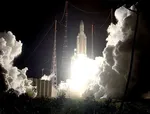 Escape velocity of small objects from black holes
Escape velocity of small objects from black holes 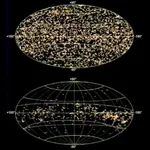 Gould's belt, a stellar firework
Gould's belt, a stellar firework 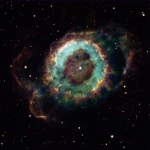 The Death of Stars: How Their Mass Decides Their Final Fate
The Death of Stars: How Their Mass Decides Their Final Fate 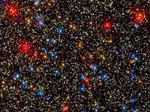 Blue, white, yellow, orange stars
Blue, white, yellow, orange stars 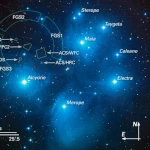 The Pleiades: The Seven Sisters and Hundreds of Stars
The Pleiades: The Seven Sisters and Hundreds of Stars 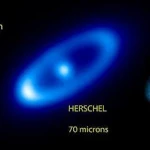 The Star Fomalhaut: The Mouth of the Fish
The Star Fomalhaut: The Mouth of the Fish 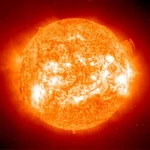 Yellow Dwarfs: The Sun and Its Stellar Cousins
Yellow Dwarfs: The Sun and Its Stellar Cousins 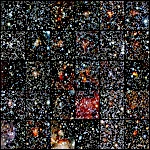 Star Clusters: Jewels of the Deep Sky
Star Clusters: Jewels of the Deep Sky 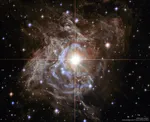 What is a Cepheid?
What is a Cepheid? 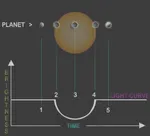 Turn off the stars to see exoplanets
Turn off the stars to see exoplanets 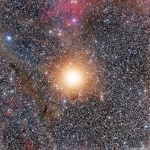 Betelgeuse: Giant Star on the Edge of Chaos in Orion
Betelgeuse: Giant Star on the Edge of Chaos in Orion 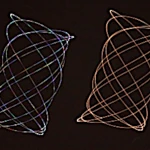 Bright Planets, Twinkling Stars: The Art of Recognizing Them
Bright Planets, Twinkling Stars: The Art of Recognizing Them 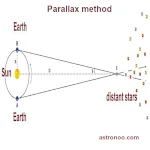 From the Naked Eye to the Space Telescope: What Methods Evaluate the Distance of Stars?
From the Naked Eye to the Space Telescope: What Methods Evaluate the Distance of Stars? 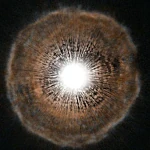 U Camelopardalis: The Carbon Star Losing Its Envelope
U Camelopardalis: The Carbon Star Losing Its Envelope 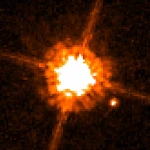 Red Dwarfs: The Smallest Stars
Red Dwarfs: The Smallest Stars  V838 Monocerotis: The Star That Lit Up Like a Supernova Without Collapsing
V838 Monocerotis: The Star That Lit Up Like a Supernova Without Collapsing  Stars near Alpha Centauri
Stars near Alpha Centauri 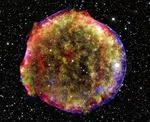 Super explosion and supernova SN 1572
Super explosion and supernova SN 1572 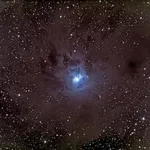 Coatlicue, the star at the origin of our Sun
Coatlicue, the star at the origin of our Sun